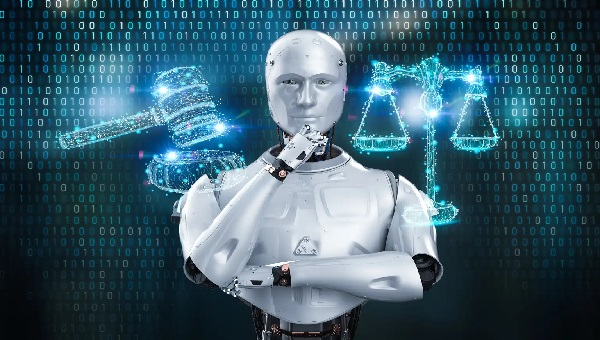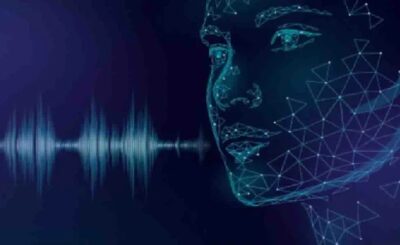IT Matters
From wiping up spills to serving up food, robots are being taught to carry out increasingly complicated household tasks. Many such home-bot trainees are learning through imitation; they are programmed to copy the motions that a human physically guides them through.
It turns out that robots are excellent mimics. But unless engineers also programme them to adjust to every possible bump and nudge, robots don’t necessarily know how to handle these situations, short of starting their task from the top.
Now MIT engineers are aiming to give robots a bit of common sense when faced with situations that push them off their trained path. They’ve developed a method that connects robot motion data with the “common sense knowledge” of large language models, or LLMs.
Their approach enables a robot to logically parse many given household task into subtasks, and to physically adjust to disruptions within a subtask so that the robot can move on without having to go back and start a task from scratch — and without engineers having to explicitly programme fixes for every possible failure along the way.
“Imitation learning is a mainstream approach enabling household robots. But if a robot is blindly mimicking a human’s motion trajectories, tiny errors can accumulate and eventually derail the rest of the execution,” says Yanwei Wang, a graduate student in MIT’s Department of Electrical Engineering and Computer Science (EECS). “With our method, a robot can self-correct execution errors and improve overall task success.”
Wang and his colleagues detail their new approach in a study they will present at the International Conference on Learning Representations (ICLR) in May. The study’s co-authors include EECS graduate students Tsun-Hsuan Wang and Jiayuan Mao, Michael Hagenow, a postdoc in MIT’s Department of Aeronautics and Astronautics (AeroAstro), and Julie Shah, the H.N. Slater Professor in Aeronautics and Astronautics at MIT.
The researchers illustrate their new approach with a simple chore: scooping marbles from one bowl and pouring them into another. To accomplish this task, engineers would typically move a robot through the motions of scooping and pouring – all in one fluid trajectory. They might do this multiple times, to give the robot a number of human demonstrations to mimic.
“But the human demonstration is one long, continuous trajectory,” Wang says. The team realised that, while a human might demonstrate a single task in one go, that task depends on a sequence of subtasks, or trajectories. For instance, the robot has to first reach into a bowl before it can scoop, and it must scoop up marbles before moving to the empty bowl, and so forth. If a robot is pushed or nudged to make a mistake during any of these subtasks, its only recourse is to stop and start from the beginning, unless engineers were to explicitly label each subtask and programme or collect new demonstrations for the robot to recover from the said failure, to enable a robot to self-correct in the moment.
“That level of planning is very tedious,” Wang says. Instead, he and his colleagues found some of this work could be done automatically by LLMs. These deep learning models process immense libraries of text, which they use to establish connections between words, sentences, and paragraphs. Through these connections, an LLM can then generate new sentences based on what it has learned about the kind of word that is likely to follow the last.








